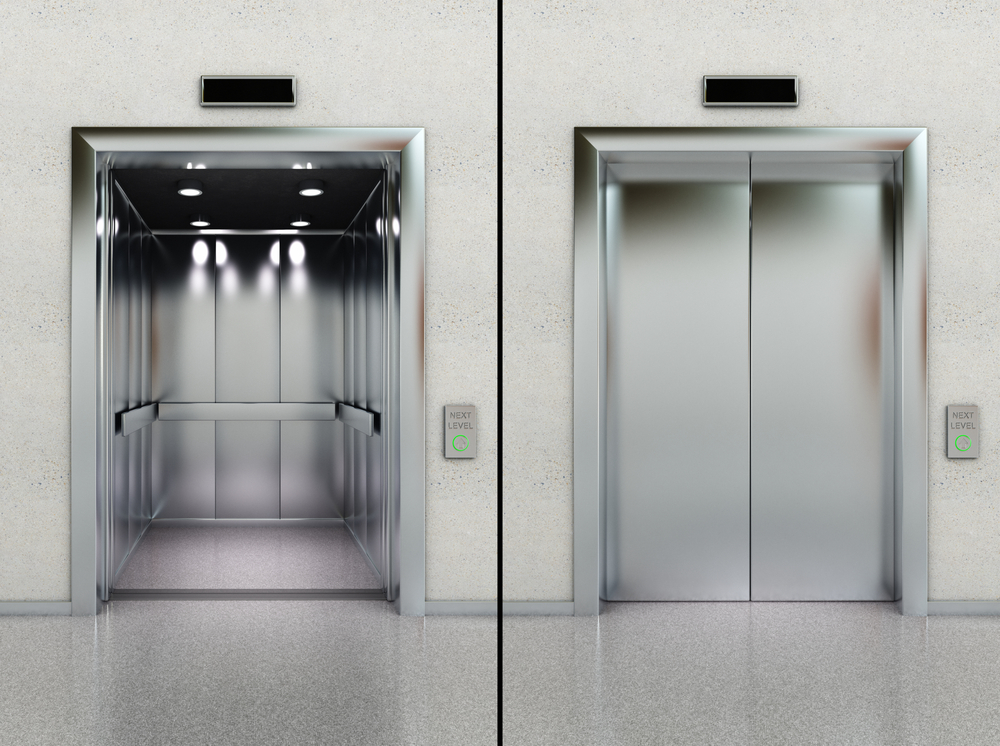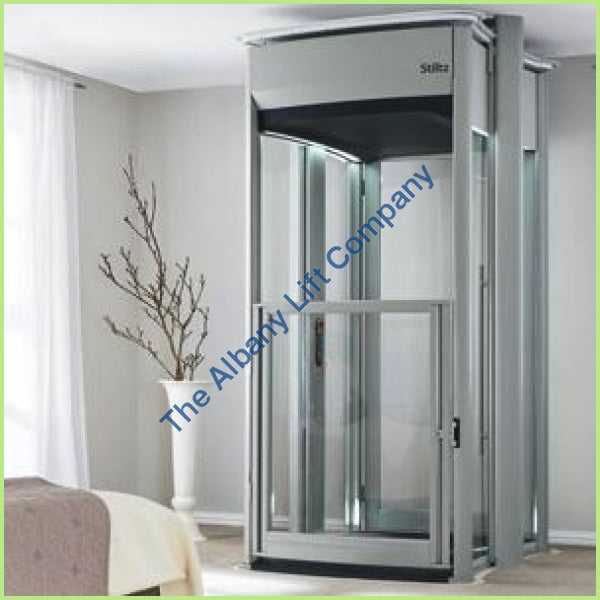Compare Disabled Platform Lifts Prices UK: Affordable Options for Every Demand
Compare Disabled Platform Lifts Prices UK: Affordable Options for Every Demand
Blog Article
Looking Into the World of Elevators: Usual Issues Encountered by Different Lift Mechanisms
As we navigate through the vertical transportation systems of modern structures, elevators stand out as a vital component of our day-to-day lives. From hydraulic elevators to traction systems and machine-room-less styles, each lift kind comes with its collection of common problems.
Hydraulic Lifts
Hydraulic lifts, often chosen for low-rise structures, make use of fluid stress to control the motion of the lift automobile (lift repair companies). This device involves a hydraulic pump pushing oil into a cyndrical tube, creating the lift to relocate in the desired direction. While hydraulic elevators are understood for their silent and smooth operation, they do include their very own collection of usual issues
One widespread trouble with hydraulic lifts is oil leakage. Furthermore, problems with the control system, such as defective valves or a malfunctioning pump, can cause disruptions in the lift's motion.
Routine maintenance and punctual repair services are important to ensure the smooth performance of hydraulic lifts. By resolving these typical problems proactively, building proprietors can lessen downtime and make sure the security and effectiveness of their upright transport system.
Traction Elevators
When considering upright transport systems in buildings, an additional typical type other than hydraulic lifts is the traction lift. Traction lifts run utilizing a system of ropes and counterweights that move the elevator vehicle by gripping onto the hoist ropes. This device permits smoother and faster upright transportation compared to hydraulic systems.
One of the typical problems faced by traction elevators is rope wear. The constant activity of the ropes within the traction system can bring about tear and wear gradually, potentially triggering the elevator to breakdown or become harmful for use. Normal assessments and maintenance of the ropes are necessary to guarantee the lift's proper performance and safety.
One more issue that traction elevators might run into is associated to the control system. Problems with the control system can result in concerns such as erratic activity, delays in action times, and even complete shutdowns. Routine screening and maintenance of the control system are important to prevent such problems and make certain the lift's integrity.
Machine-Room-Less (MRL) Elevators

One of the key parts of MRL elevators is the portable gearless traction equipment that is set up within the hoistway. This device successfully drives the lift cars and truck without the requirement for cumbersome devices located in standard traction lifts. Additionally, MRL lifts normally use a weight system to balance the auto, additional boosting their energy performance.
Regardless of their advantages, MRL elevators might encounter challenges associated to repair and maintenance because of the constrained room for equipment installation. Accessibility for servicing components within the shaft can be restricted, needing specialized training for professionals. Appropriate upkeep timetables and regular evaluations are essential to ensure the ongoing smooth operation of MRL elevators.
Overloading and Weight Limitation Issues
Are lifts outfitted to take care of excess weight tons effectively and securely? Straining and weight restriction my company concerns are critical concerns in elevator procedures. Elevator manufacturers design lifts with specific weight capacities to ensure passenger safety and equipment long life. Going beyond these weight restrictions can bring about numerous issues, including mechanical failures, delays, and safety risks.
When lifts are strained, it puts excessive pressure on the electric motor, cable televisions, and other parts, possibly causing malfunctions or breakdowns. If they find excess weight, security mechanisms such as sensing units and overload sensors are in place to protect against elevators from relocating. Furthermore, exceeding weight limitations can lead to boosted energy usage and deterioration on the lift system.
To alleviate overloading problems, building managers should plainly display weight limitations in lifts and inform owners on the significance of sticking to these restrictions - lift repair companies. Normal maintenance checks by qualified technicians can additionally aid guarantee that elevators are running within safe weight specifications. By addressing overloading and weight restriction problems proactively, structure proprietors can enhance lift safety and security and efficiency
Electrical System Failings
Exceeding weight limitations in lifts can not just result in mechanical problems yet also potentially contribute to electric system failings within the lift framework. Electrical system failures are an essential issue in lift procedure, as they can create unexpected shutdowns, malfunctions, or perhaps security threats. One common electrical issue is the getting too hot of elements as a result of extreme present circulation triggered by straining the lift beyond its capability. This can cause harm to the circuitry, electric motor, or control systems, resulting in costly repair work and downtime.
Normal maintenance and examinations are vital to identify and resolve potential electric issues without delay, guaranteeing you could look here the secure and effective procedure of elevator systems. By adhering to weight limitations and conducting routine electric system checks, building owners can mitigate the danger of electric failures in elevators.
Final Thought

Hydraulic lifts, typically preferred for low-rise Discover More structures, utilize fluid stress to control the motion of the elevator automobile.When considering upright transportation systems in structures, an additional typical kind aside from hydraulic lifts is the grip elevator. Grip elevators run utilizing a system of ropes and weights that move the lift car by clutching onto the hoist ropes. Unlike conventional lifts that require a separate equipment room to house the devices, MRL elevators integrate many of the elements within the shaft, removing the need for a committed machine area.In final thought, lifts encounter common problems such as hydraulic breakdowns, traction system failures, and electrical system troubles.
Report this page